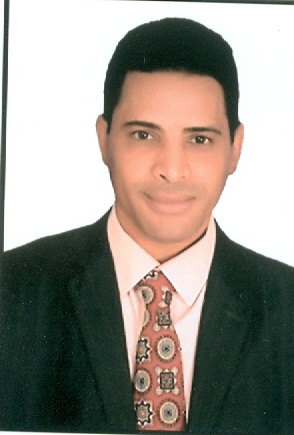In this study an attempt was done to assess the change of agricultural land in Sohag province, Egypt between 1987 and 2012. Decision Tree Classifier (DTC) was applied to map land cover changes in the study area. Landsat ETM+ satellite data of three years viz., 1987 and 2012 have been used in the study. Three remote sensing derived indices namely, Normalized Difference Vegetation Index (NDVI), Normalized Difference Water Index (NDWI) and Soil Brightness Index (SBI) have been used for identifying vegetation, waterbodies and built up area. These derived indices have been incorporated in Decision Tree Classifier (DTC) for delineating and mapping land use / land cover in the study area. Results revealed that there was an increase in built up areas which reflects urban sprawl on old cultivated soils. Also, the activities of soil reclamation were increase during the studied period. On the other hand, there was a decrease in the area of the river Nile. Combining the soil and land capability maps, in one hand, and the Landuse / land cover layers, in another hand under GIS environment, the risk of urban expansion on the expense of the highly capability soil class can be notice. The obtained results cleared that the highest capability soils (S1 and S2 classes) occurred in the old cultivated land which decreased from 292.15 km2 to 211.70 km2 and occupied by built up area. Whereas, the lowest capability class (N1) betided in Agricultural Prospective areas which have a coarse texture soils and high calcium carbonate content and many other properties that limit their productivity. Similarly, the coarse texture soil and high calcium carbonate content decrease the capability (S3 class) of the new reclaimed areas. The results of this study are of paramount important for natural resources management and for decision makers for implementing the restricted rules which protect the land from human misusing of natural resources.

